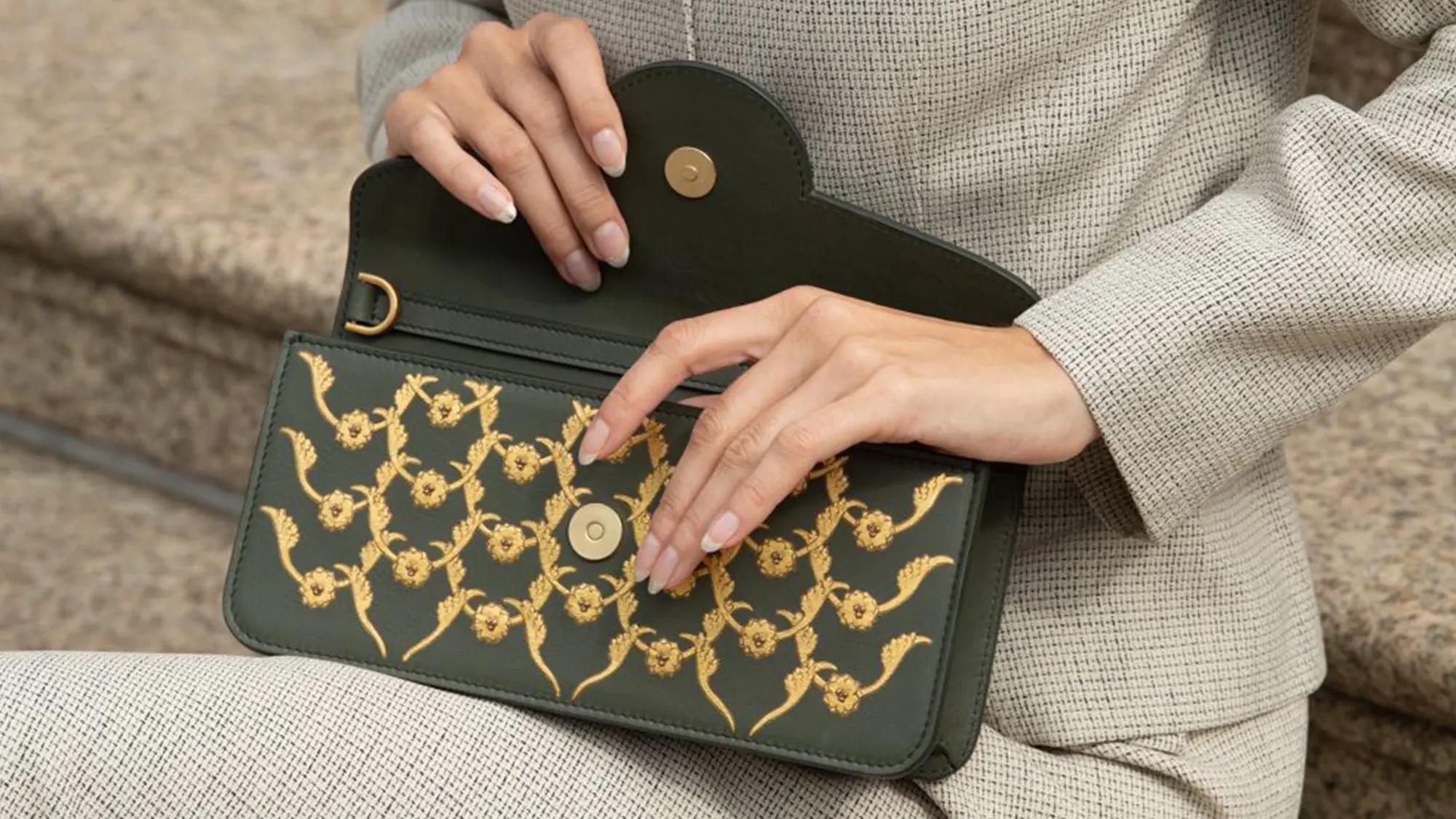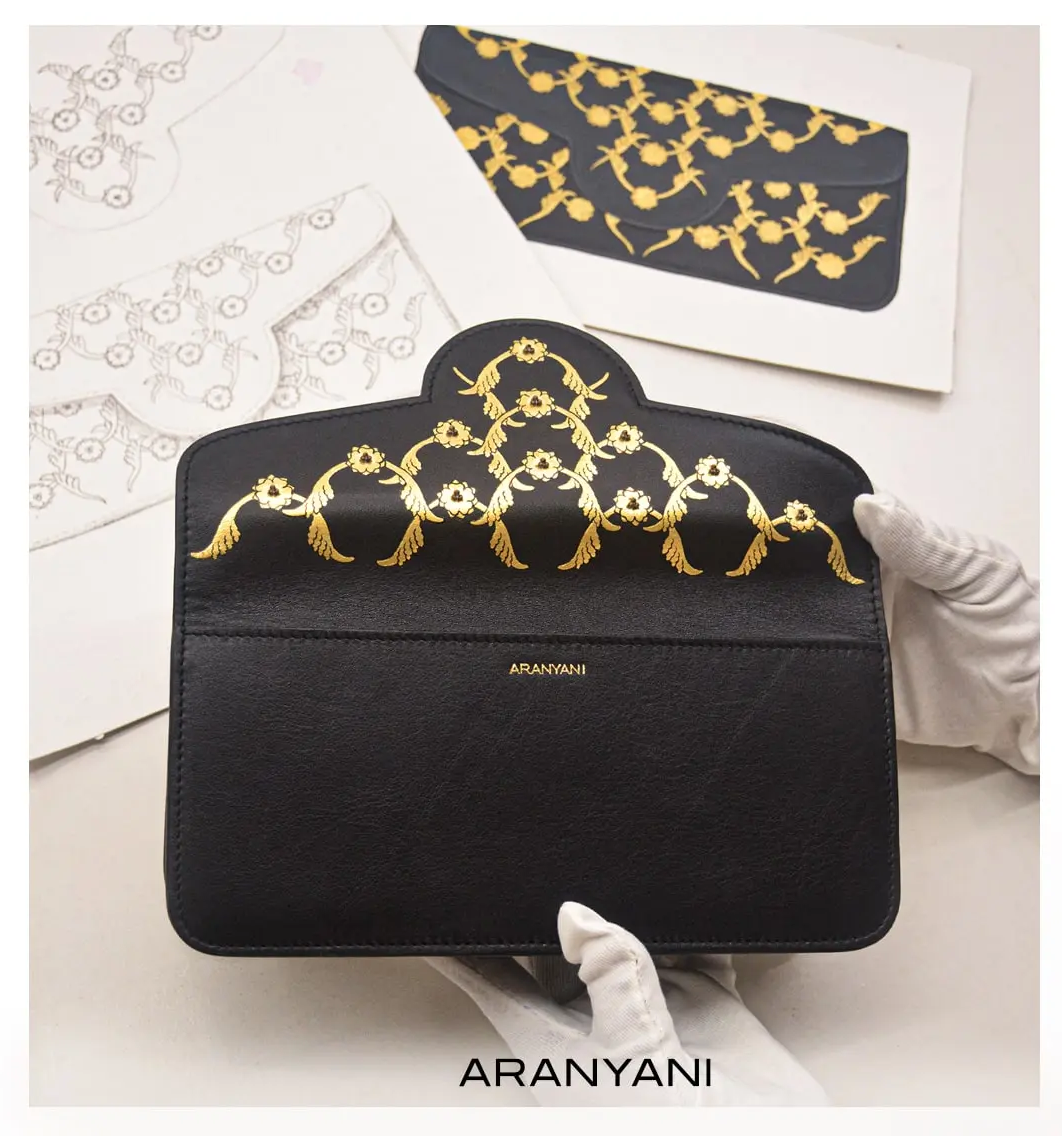
The Temple Of Gold
The eyes of the whole world trained on India on the 27th of June, 2011, when, on the orders of India’s Supreme Court, possibly the greatest treasure trove on earth was opened up! The eight subterranean vaults of the Padmanabhaswamy Temple at Thiruvananthapuram in the Indian state of Kerala were inventoried and even the initial estimate of the value of gold there was pegged higher than USD 14 Billion! Over 102,000 groups of ‘articles’ were recovered from a single Vault A itself!
The valuables have been accumulated in the temple over many thousands of years. They have been donated to the Deity, Padmanabhaswamy, and stored in the temple, by multiple ruling dynasties - the Cheras, the Pandyas, the Travancore royal family, the Pallavas, the Kolathiris, the Cholas, and several other kings. What was fascinating about this treasure trove is the mind boggling variety it holds.
2000 years-old gold coins of the Roman Empire, Venetian gold ducats of the 1400s and 1500s when Venice was a great maritime power, Portuguese currency from its heydays in the 1600s, 17th century gold coins of the Dutch East India Company, gold coins of Napoleon from the early 19th century and so much more. How on earth did the bullion of the world end up in India?
The Lure And Allure Of Gold
India has always been the land of gold and the golden land. Rather, it has been the land of gold because it has been the golden land. Let us explain.
The gold mines in India, near Bangalore in the state of Karnataka, are definitely among the oldest in the world. But it is not as if India had the greatest or largest gold deposits in its land. Yet, what it has always had is great craftsmanship, knowledge, skills and entrepreneurship. The senators of the great Roman Empire often complained that their women were using too much of the Indian spices and luxuries, which, in turn, was draining the Roman Empire of its precious gold. The West hankered desperately after Indian goods — cotton textiles, spices and jewelry. On the other hand, Indians were uninterested in western wares! To balance the account books therefore, these western merchants could not barter and had to pay in gold and silver.
Little wonder that Pliny the Elder, in 77 CE, called India ‘the sink of the world's gold!’ For the same reasons, Portugal, in the 16th century, protested that its hard-won gold was being lost to India. Even as late as the 17th century, the British Parliament echoed the same lament!

The ‘Noble’ Metal
Gold is considered as the ‘noblest’ among all metals because it is the ‘least reactive’ towards atoms or molecules at the interface of any other material - solid, liquid or gas. It is ‘stable’ and has great ‘tolerance’ to ‘heat’ and ‘cold’. It is also the most ‘flexible’ and can be beaten into sheets that are 0.05 microns thin or pulled into wires 0.2 millimeters in diameter. Being an excellent conductor, it allows vibrations and energies (heat, electricity) to pass through it easily. And as the quotation marks indicate, the properties of gold have meanings at different levels.
Apart from its magnificent ornamental value, gold holds many medicinal properties. When worn on one’s body, it has proved efficacious in the treatment of the blood, skin, heart conditions along with epilepsy, scoliosis, dyslexia and autism. These apart, gold, for Indians is very auspicious. It is an integral part of almost all celebrations, festivals, rituals and rites. Gold is believed to amplify the spiritual vibrations and positive energies. Thus, it helps to ward away spiritual corrosion, fatigue and negativity. Gold also serves to relieve tension, anger and feelings of inferiority if the wearer is mindful to avoid the tendency of greed and lust towards it.
Since pure gold emerges from crucibles of fire, Indians believe that gold has taken birth in Agni (fire). It harnesses the warmth of the fire and the sun, promoting self-awareness and the realization of dreams. When gold is used along with other stones in jewelry, it is known to amplify the energy and healing powers of those stones as well. Now it becomes clear that the use of gold in jewelry goes beyond just its physical glitter!

A Touch of Gold through Gold Leafing
With its mystical properties in the physical, mental and spiritual realms, gold has graced almost every inhabitation space not just in India, but across the world.
The Egyptians appear to have been the earliest practitioners of the art of gold gilding. There are detailed illustrations which show gold-beaters working together with the gold-founders and goldsmiths on the tombs at Saqqara and Thebes. Many objects from the ancient Egyptians have survived to this day thanks to the protective and ornamental gold gilding on them.
The Old Testament reveals clearly in the `Exodus' that the Israelites learned the art of gold leafing during their exile in Egypt. The Phoenicians then acquired the technique and they gilded the porch within King Solomon's House of the Lord in Jerusalem.
Gold leafing found patronage from many rulers in India with Maharaja Jai Singh of Jaipur being the foremost among them. Thus, the art passed on from one generation to the next, contributing to the country’s transformation with a golden touch!

The Pioneering Gold-Gilding by Aranyani
Historically, gold gilding has been done on hard solid surfaces - metals, wood, concrete, rocks and the like. In the 17th century, India developed gold gilding on a soft surface - canvas - at Thanjavur (Tanjore), in the Maratha court. Thanjavur paintings are characterized by their rich colors, simple yet iconic compositions and glittering gold foil overlaid on delicate but extensive gesso work. But even these paintings are made most of the time on wood and are protected and preserved in glass frames.
It is in this light that the pioneering breakthrough achieved by Aranyani, the first luxury handbag brand from India, becomes amazing. Inspired by the technique, the founder, Mr. Haresh Mirpuri, flew in a group of gifted guilders from Jaipur to train the Aranyani artisans. Then, through intensive and extensive research backed by patient and persevering efforts, their artisans achieved 24K gold-gilding on a supple material - leather! In what can be considered as a near miracle, Aranyani artisans put in hours of highly skilled and dedicated craftsmanship in a dust-free and air-conditioned environment to gild their luxury leather handbags with gold.
At the heart of this pioneering revolution is the secret ‘masala’ that binds the gold to leather without any loss to its luster or glow. The bags can be carried for everyday use and passed on across generations as heirlooms as the strength of the masala holds the gold fast and makes it last!
Again, gilding gold on to leather is a technique for which no manual exists and Aranyani adopted this Indian heritage technique to depict the glory of the holy flower - Champa - on their bags. The Champa or the Magnolia champaca is one of India’s most well-known trees and revered by the Hindus, Jains and Buddhists alike. The flowers of this small deciduous tree have a sweet, slightly woodsy smell, that many people describe as calm, warm and moist. The collection with this gold-gilded artwork has been named ‘Fragrant Trails’ and each piece in it is an investment for life.


Modern Women’s Jewelry
Today, nobody is wearing a forty thousand dollars necklace and roaming around. A bag, on the other hand, is so personal and is almost like a modern woman’s jewelry. Your handbag is your keeper of secrets and you literally carry it close to your heart! Such a private and prized possession needs to possess vibrations that protect and parade you at the same time. And that is why Aranyani chose the noblest best - gold - to gild your handbags!
With a single artwork, you get a bespoke bag that brings you benefits in the material, mental and spiritual planes - a strong yet silent fashion statement, a positively charged mind and an aura of tranquility.
